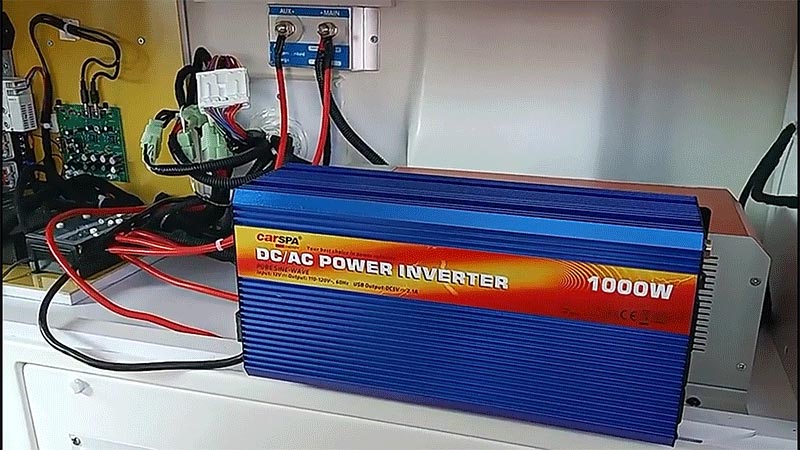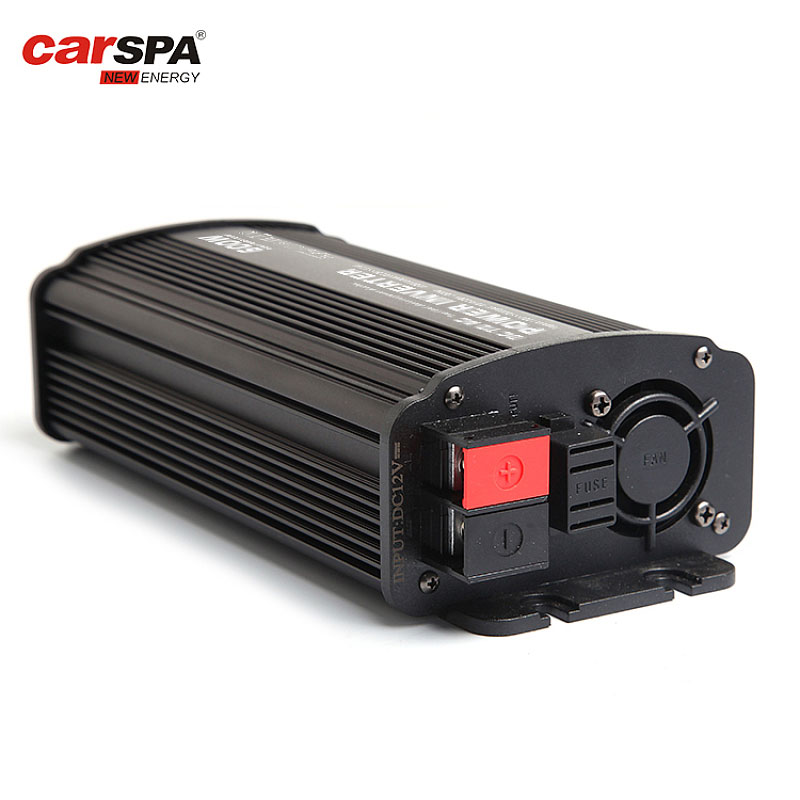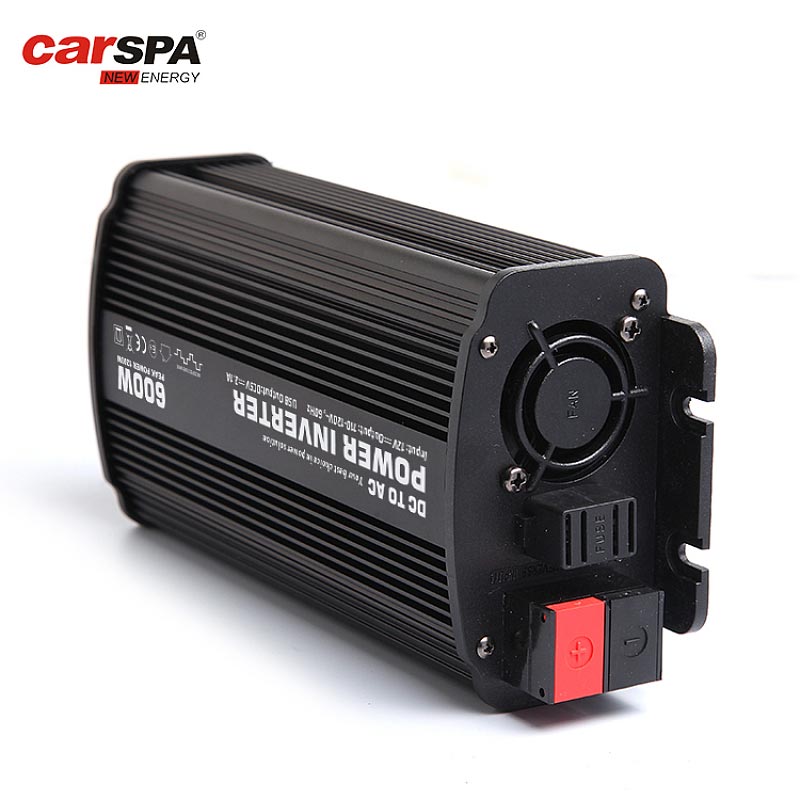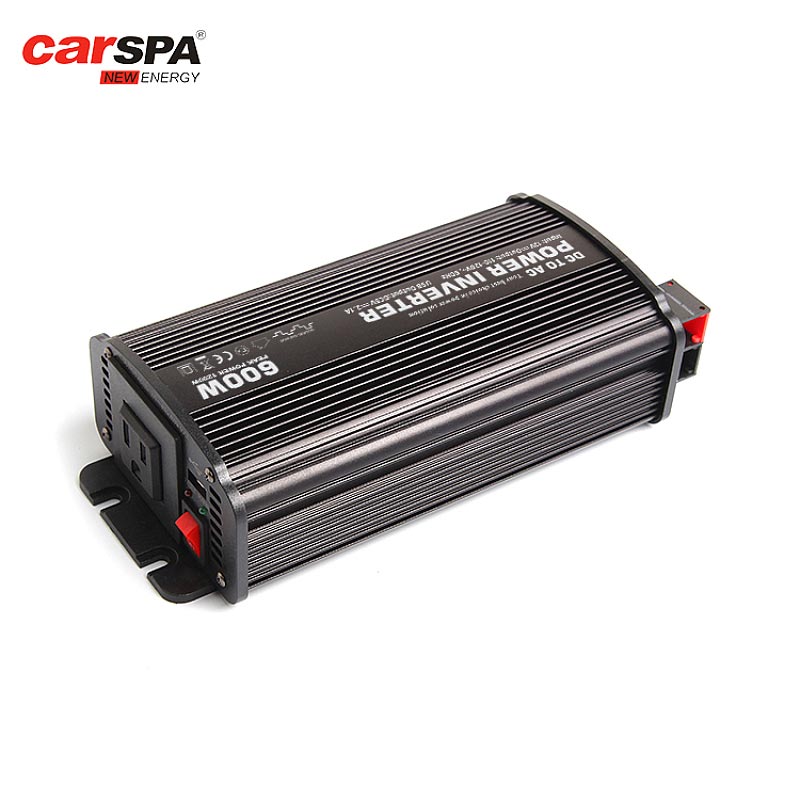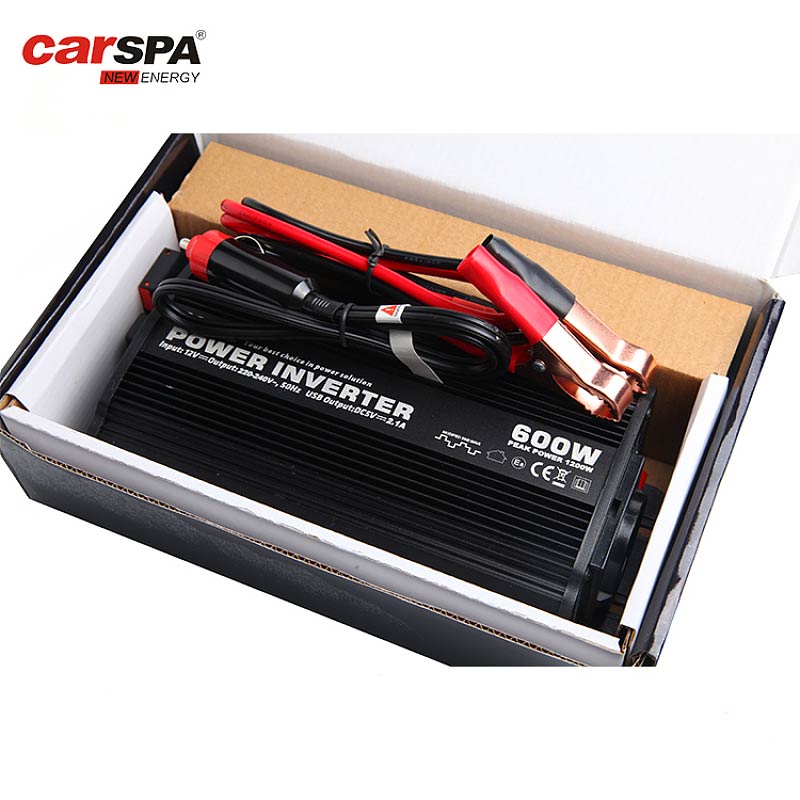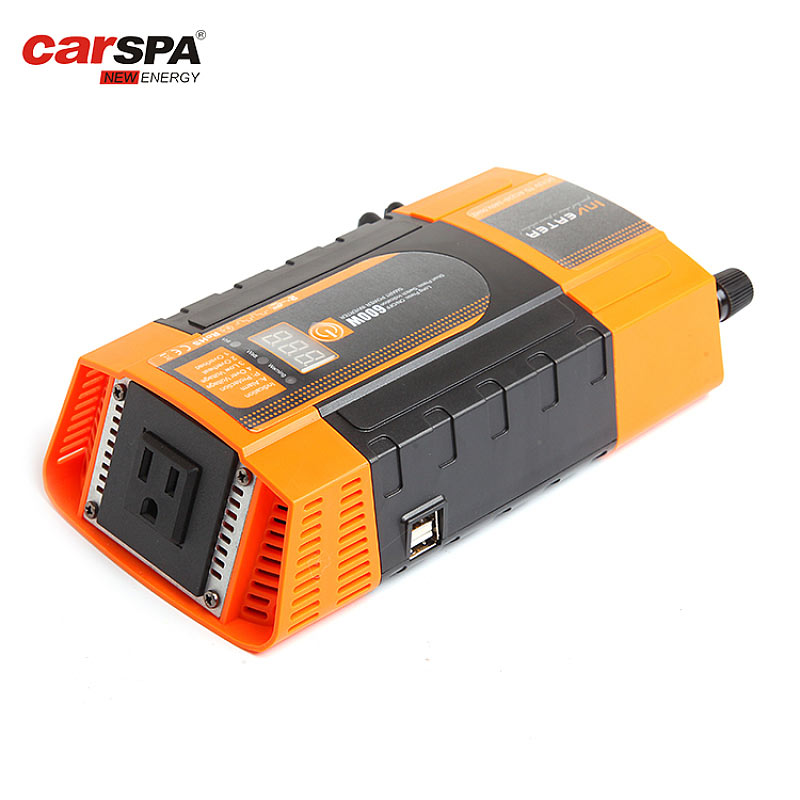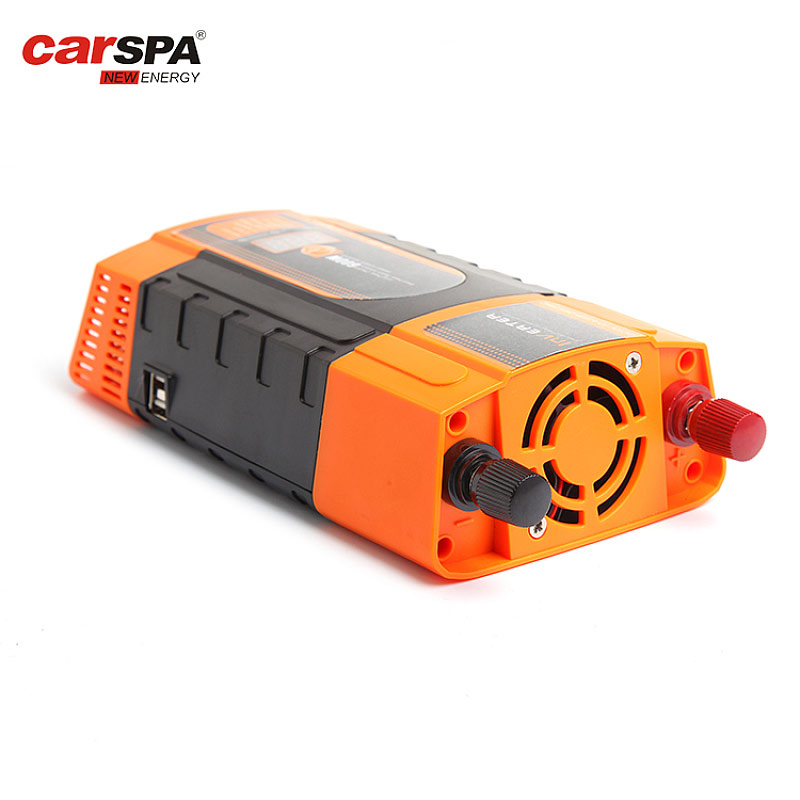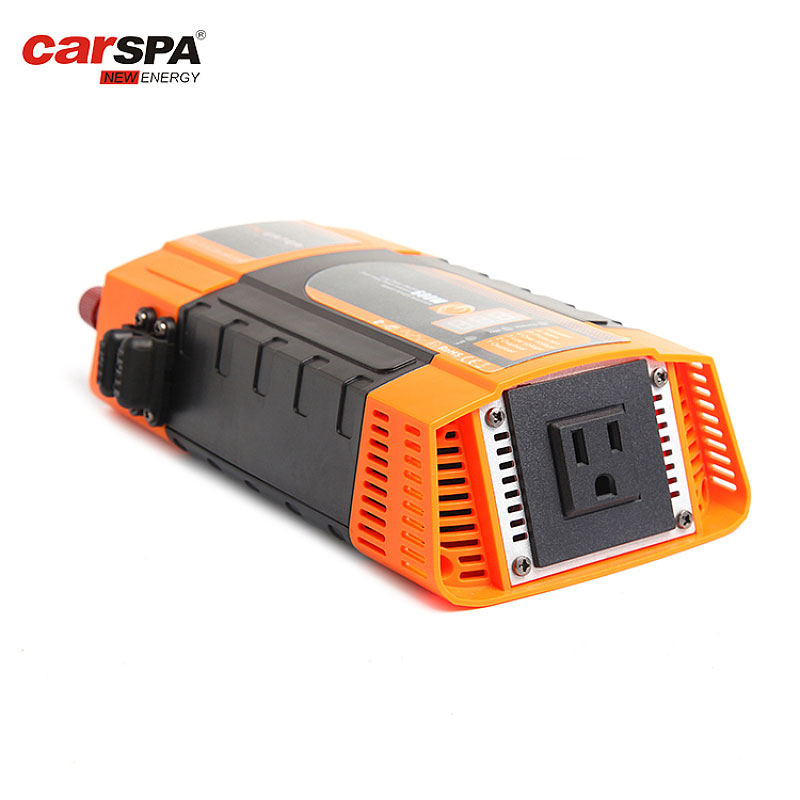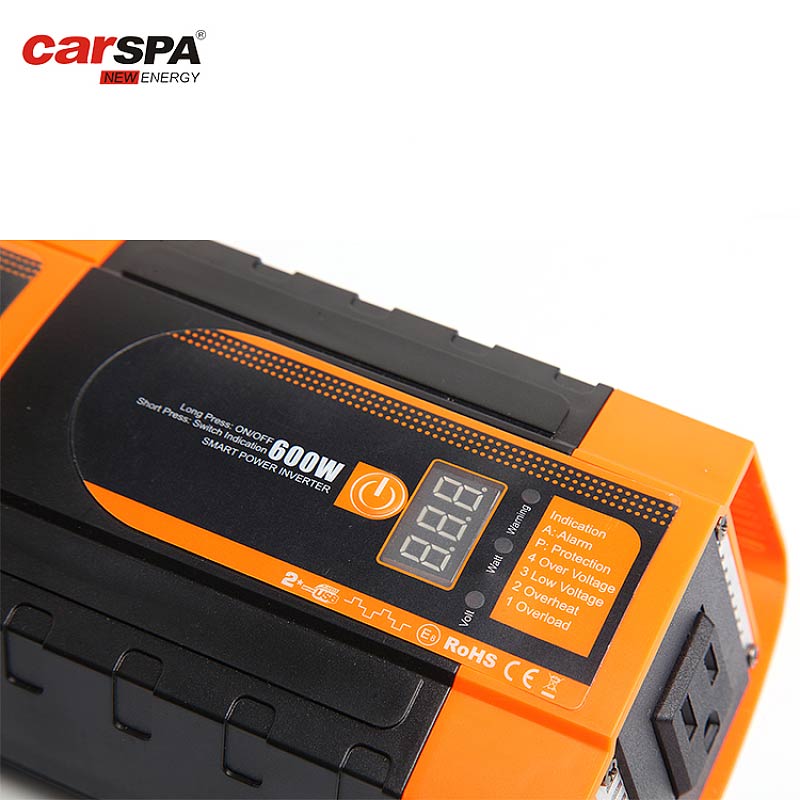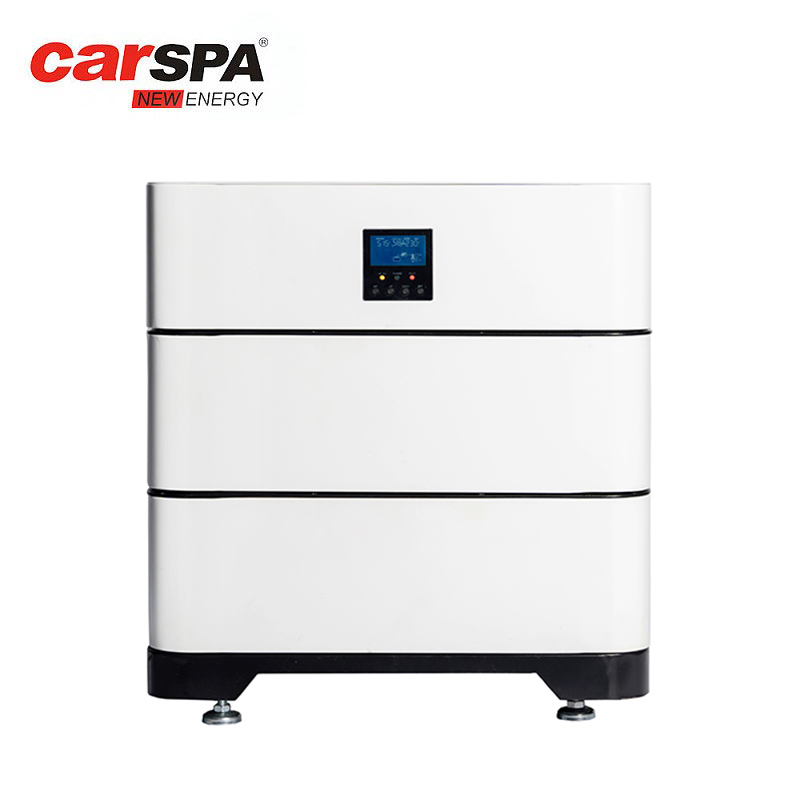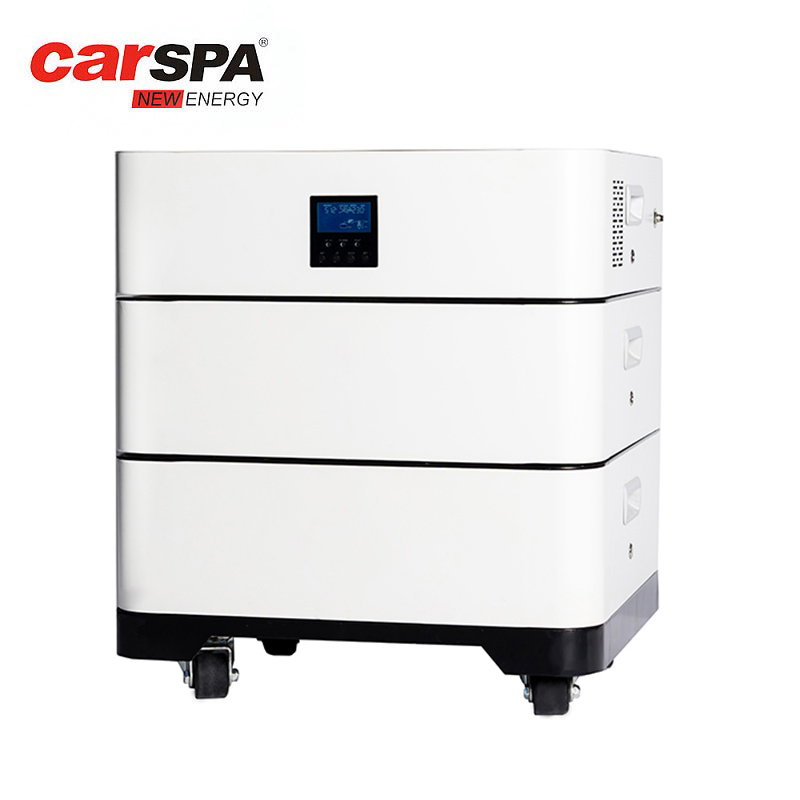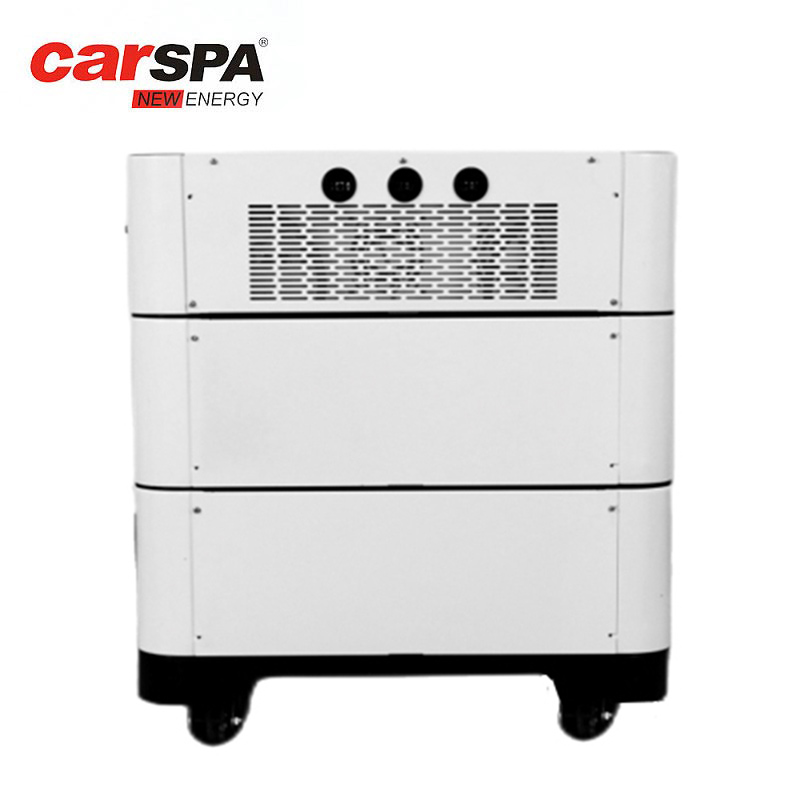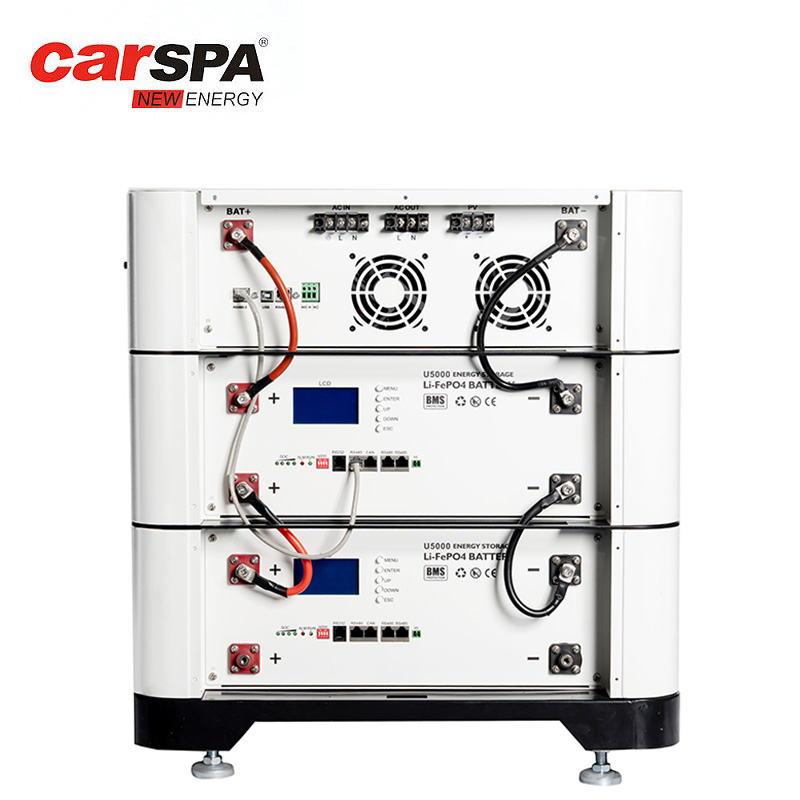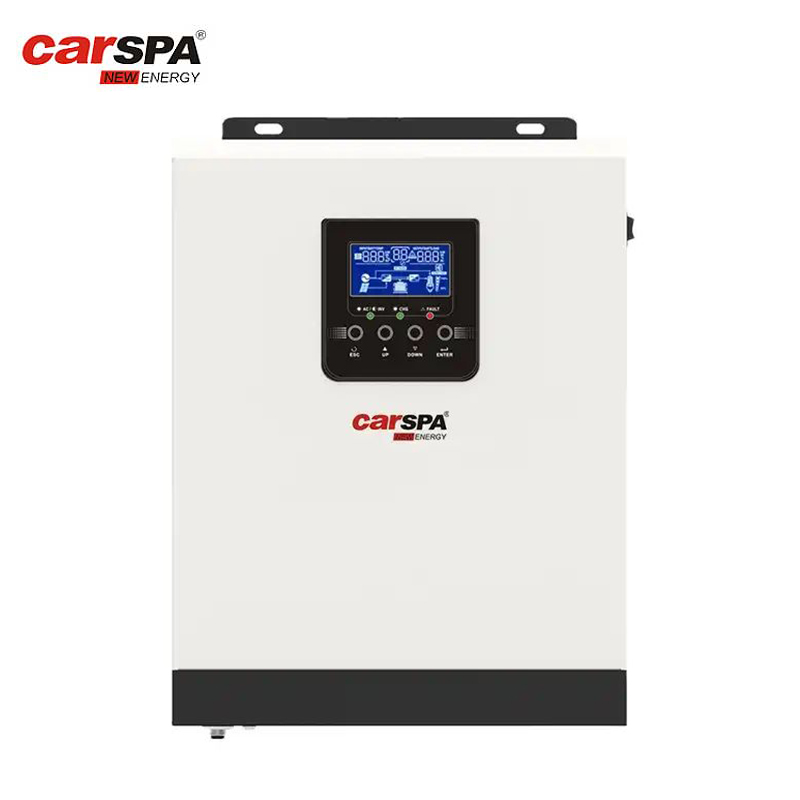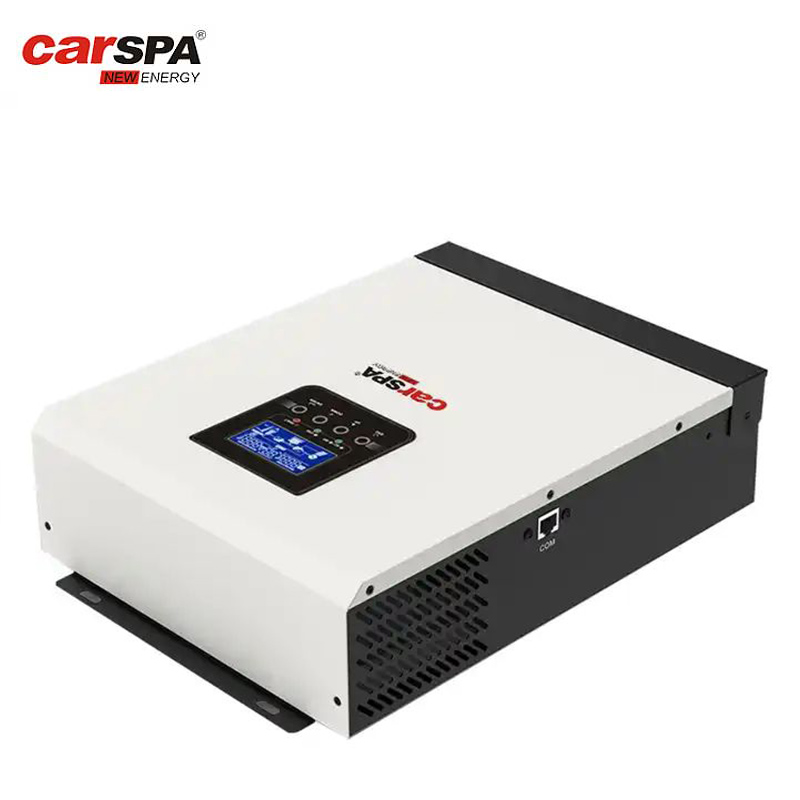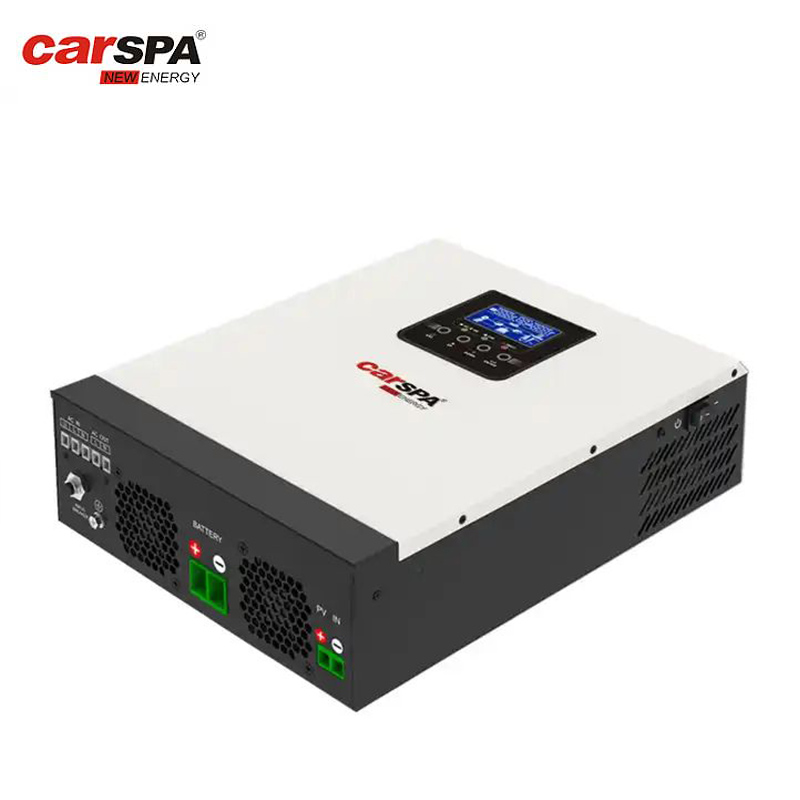What can a 3000 watt inverter run in an RV?
1. What is an Inverter, and Why Do I Need It for My RV?
An inverter is a device that converts Direct Current (DC) to Alternating Current (AC). In an RV, this is crucial because most of the appliances inside, like TVs, microwaves, and computers, require AC to operate. A 3000-watt inverter is a common choice because it provides sufficient power for most basic appliances without causing energy wastage due to excessive power output.
2. What Appliances Can a 3000 Watt Inverter Run?
A 3000-watt inverter can run various appliances, including small household devices such as TVs, microwaves, computers, and even small air conditioners. It's important to consider the total power demand and ensure that the combined wattage of all devices you plan to use does not exceed the inverter's maximum output. For instance, a small microwave might need 1000 watts, and a small refrigerator about 700 watts, totaling 1700 watts, well within the capacity of a 3000-watt inverter.
3. How Do I Calculate the Total Power Requirement of Appliances in My RV?
To accurately calculate the total power requirement of all appliances in your RV, list all the devices you intend to use and check their power ratings on labels or manuals. Summing up these power values will give you the total demand. For example, if your TV requires 150 watts, your fridge 700 watts, and your lighting system 150 watts, the total demand is 1000 watts. A 3000-watt inverter can comfortably handle this load with additional capacity for extra power needs or peak loads.
4. What's the Difference Between Pure Sine Wave and Modified Sine Wave Inverters? Which Should I Choose?
Pure sine wave inverters provide current quality similar to household electricity and are suitable for running sensitive electronic equipment, like laptops or medical devices. Modified sine wave inverters, however, offer lower quality current, which may cause some devices to operate inefficiently or produce noise. Considering this, if you plan to use sensitive electronics in your RV, opting for a pure sine wave inverter is a wise choice. Though they might be slightly more expensive, the investment is worth it for protecting your devices and ensuring stable power supply.
5. What Should I Consider Regarding the Installation Location of the Inverter?
The installation location of the inverter significantly impacts its performance and lifespan. Firstly, it should be installed in a well-ventilated area to prevent overheating. Secondly, avoid exposing the inverter to direct sunlight or moist conditions. Lastly, to minimize energy loss, the inverter should be as close to the batteries as possible. This reduces the length of cables connecting the battery and inverter, thus decreasing resistance and power loss.
6. How Important is the Power Capacity When Choosing an Inverter?
Power capacity is a key factor when selecting an inverter for your RV. A 3000-watt inverter generally meets the daily needs of most RV travelers, powering small kitchen appliances, lighting, and electronic devices. However, if you plan to use more high-power devices, like air conditioners or large electric water heaters, you might need an inverter with a higher power capacity. Also, consider the peak load capability of the inverter, which is the maximum load it can handle for short periods, essential for starting motors or other devices that require high power on startup.
7. How Do I Ensure the Inverter is Compatible with My RV Batteries?
To ensure compatibility between the inverter and your RV batteries, consider the type and voltage of the batteries. Most inverters are designed for 12 or 24-volt systems, so they need to match your RV battery voltage. Additionally, the capacity of the batteries is crucial as it determines how long they can supply power to the inverter. For example, a larger capacity battery can support longer power supply, especially when no
external power source is available. When selecting an inverter, also consider the discharge rate and charging needs of your batteries to ensure a good match between them.
8. What Maintenance and Care Should I Consider for the Inverter?
Maintenance and care are crucial for extending the lifespan of your inverter. Regularly check the connections and terminals of the inverter to ensure they are not loose or worn out. Keep the inverter clean to prevent dust accumulation, which can lead to overheating. Ensure the ventilation ports of the inverter are not blocked to facilitate cooling. If the inverter makes unusual noises or has heating issues during operation, stop using it immediately and check for problems. Regular basic maintenance can significantly improve the efficiency and reliability of your inverter.
9. What Additional Features Should I Consider When Purchasing an Inverter?
Modern inverters often come with various additional features that enhance convenience and safety. For instance, some inverters have remote control capabilities, allowing you to adjust settings from different locations within your RV. Overload protection is an important safety feature that automatically shuts off power when the load exceeds the inverter's capacity, preventing damage. Other useful features might include low voltage alarms, automatic restart, and built-in USB ports for directly charging phones or other small devices. Considering these additional features when purchasing can make your RV living more convenient and safe.
10. How Do I Balance Cost and Performance?
Balancing cost and performance when choosing a 3000-watt inverter is a key consideration. While high-end models may offer better performance and additional features, not everyone needs these advanced options. Assess your actual needs to determine the minimum performance standards you require. Considering long-term use, investing in a quality, well-reviewed inverter often proves more economical than opting for a cheaper model that might have frequent issues. Also, don't overlook the importance of after-sales service and warranty periods. A brand with good customer service and a longer warranty period can provide better support and repair services when issues arise with the inverter.





